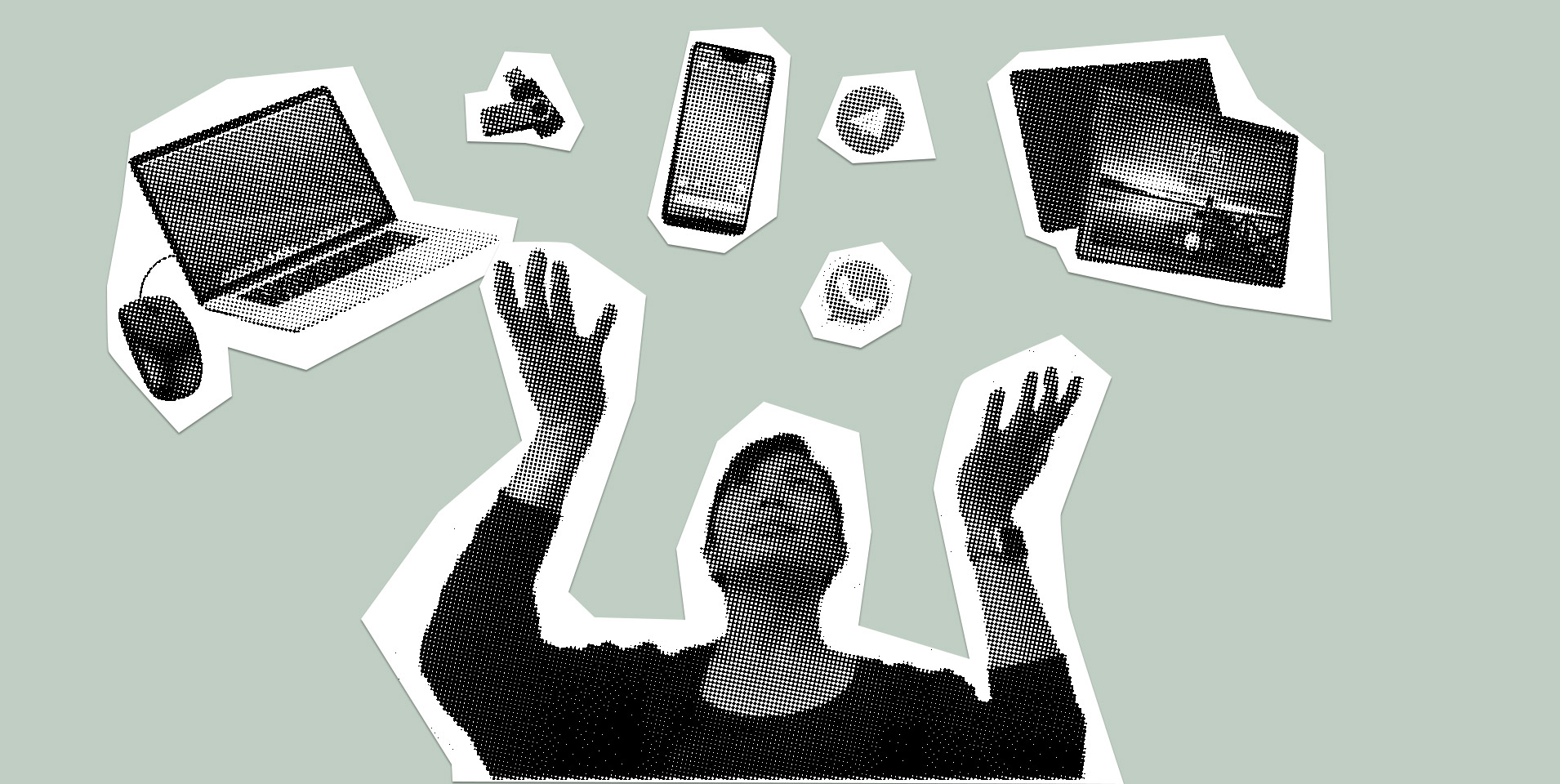
Melanie Yap runs Ellis Jones social impact practice. With a focus on social innovation, a lot of her work is in design process facilitation, consultation, and focus testing concepts. She shared her stories from the frontline of virtual workshop facilitation- and keeping democracy alive and well.
Four weeks after the start of enforced social distancing, video conferencing has become the new norm. Whether it’s Zoom, Skype, Google Hangouts or Microsoft Teams, we all have our platform of choice – and our stories to tell! As a social impact consultancy, with a range of social research projects on the go, we have more tales than most.
So, we thought we’d share our stories from virtual workshop facilitation, and what we have learned along the way.
Have you lost your workshop participants before? We have.
Its not often that you lose all the participants in a workshop, but that is exactly what happened in one of our virtual workshops. Zoom is our platform of our choice for its user interface, broad accessibility and tools. Like many video conferencing platforms, Zoom enables you to create virtual break out rooms for small group work.
Most of the time this works really well. As a lead facilitator, I can pop in to observe different virtual rooms, move participants around and recall participants to the main workshop.
However, sometimes technology fails. And this time, I popped out of my virtual room, with no one else in sight. I had no idea if my three break out rooms were still running or whether everyone had dropped out of the virtual workshop.
Thankfully, I had set up back up a WhatsApp chat group as a back up communication channels with my co-facilitators. A quick check-in soon calmed my nerves – the participants and facilitators were happily working through their activities in their virtual rooms.
The only problem was that I could not see them on my Zoom panel. To resolve this, I asked my co-facilitators to instruct their participants to log out and in again at the end of their discussion. And voila, everyone magically appeared on Zoom again, 30 minutes later, none the wiser.
That one person who just can’t make the technology work.
Working virtually is new for most people. There will always be participants who need some support, particularly if you are asking them to use online collaboration tools such as Google Docs, Miro or Stormboard. So, we always plan to have extra time for participants to work through these issues. We often also assign the role of IT support to a particular facilitator – that person’s job is to phone participants and troubleshoot issues offline throughout the workshop.
Sometimes though, even with all these safeguards in place, some participants just can’t get technology to work for them. In a recent workshop, one of our participants logged out of Zoom and just could not log back on again. We worked through all our usual trouble shooting options to no avail. Time was ticking – supporting one person can delay everyone else. We needed a solution, fast.
So, we fell back on a low-tech solution – speaker phone. We called the participant, put her on speaker and provided her with access to the online boards we were working on. This worked perfectly well. The whole experience served as a good reminder that we don’t always need fancy tech platforms to facilitate meaningful contributions.
Is there such a thing as too much engagement?
It turns out, yes. Our service designer, Eleanor Downie, and I recently hosted a webinar with Pro Bono Australia on digital engagement, which was attended by more than 550 people. A virtual chat room was set up as part of the webinar to facilitate Q&A.
I had planned to monitor the chat room throughout the webinar to answer questions as they arose. But the questions came in thick and fast. From the simple, “can you share some online ice-breaker activities”, to the complex, “what are some ways to work with CALD and older communities”. It was impossible to keep up.
As presenters, it is always gratifying to see your audience engaged. Pro Bono told us afterwards that it was the most engaged they had ever seen an online audience! But it is also very distracting when you are delivering content you’ve worked hard to structure for the benefit of all participants.
In this case, when either of us was presenting, we turned off the chat field, taking it in turns to monitor the chatroom and note down relevant questions for us to answer at the end of the session.
This experience also underlined one of the many positive aspects of virtual workshop facilitation – it can allow for a much higher level of active engagement. Chat rooms enable audience members to share their knowledge and expertise in a way that they cannot be replicated in a conference. People who may not be comfortable contributing in person, are active online.
People need people.
I have been incredibly inspired by the interest in, and active use, of digital tools for consultation over the past few weeks. After a brief pause, our clients joined us in thinking laterally and creatively about their projects.
In times of crisis, we need relationships more than ever. And, although most of us are at home, the projects that shape our future should not – in fact cannot – be shelved.
Democracy is arguably Australia’s greatest achievement – let’s do it even better, digitally.

